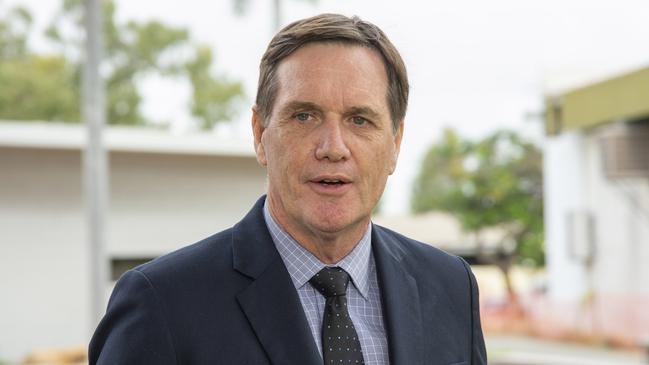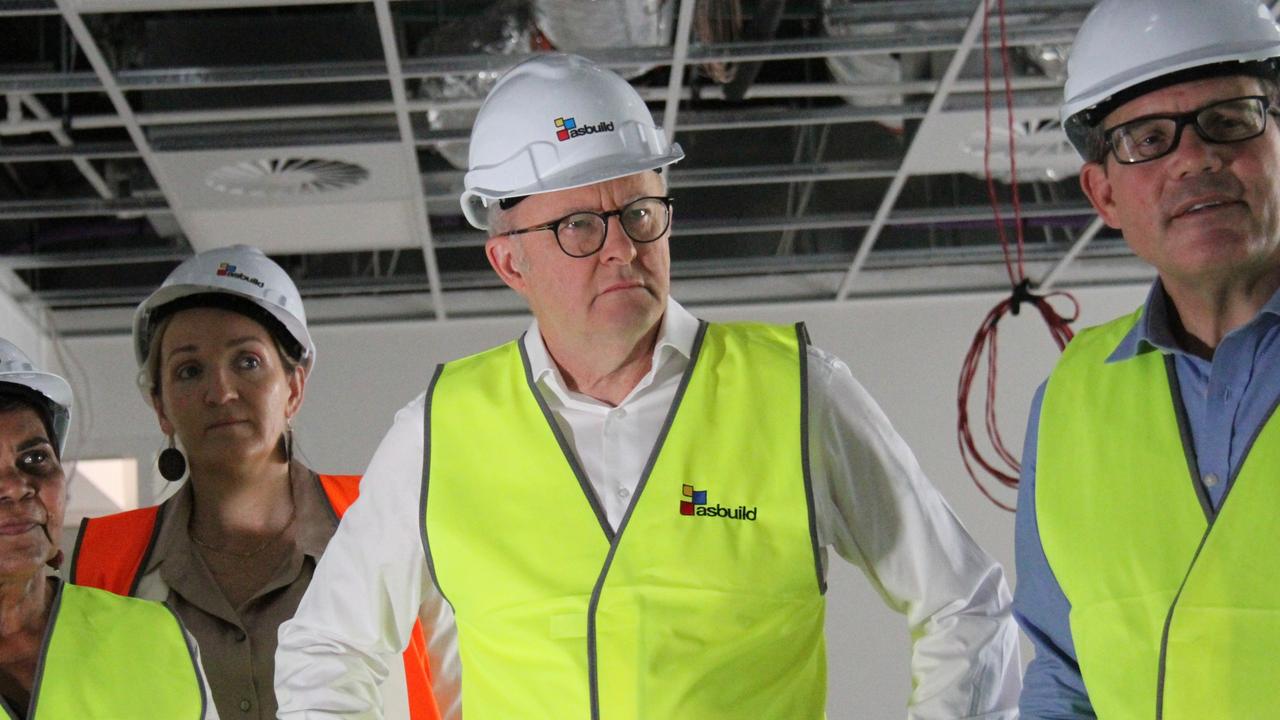Grosvenor blast mine executives met minister Anthony Lynham to urge relaxation of rules
Senior Anglo American executives lobbied Queensland Mines Minister Anthony Lynham on new rules before this week’s blast.

Senior Anglo American executives lobbied Queensland Mines Minister Anthony Lynham to change new gas monitoring regulations designed to prevent underground explosions in the weeks before Anglo’s Grosvenor coalmine exploded, seriously injuring five workers
In a face-to-face meeting in Dr Lynham’s office last month, the executives allegedly argued the new regulations were too onerous and should be relaxed, an argument Dr Lynham rejected.
Mines Inspectorate officials were sent to the company’s metalliferous coalmine at Moranbah, in central Queensland, on April 15, to make sure the regulations, which came into effect on January 6, were being adhered to. Dr Lynham refused to comment to The Weekend Australian. However, three sources familiar with the meeting have described the events.
An Anglo American spokeswoman said the company did not want less regulation, but met with the minister over a “technical” interpretation of the new rules.
“We support strong mines safety regulation and go beyond regulatory standards in a number of areas, including the number of gas monitors we install and monitor,” she said. “The issue being referred to related to a technical interpretation of a regulation and Anglo American was presenting an alternative method of managing the methane risk.’’
The spokeswoman said there would be no comment “on the circumstances leading up to this incident, as this will all form part of the thorough expert investigation that we will begin as soon as it is safe”.
The five labour-hire miners received terrible burns when methane ignited underground on Wednesday afternoon. Four of the men — aged 43, 45 and two aged 51 — have burns to their faces, lungs and throats and are in a critical condition in the Royal Brisbane and Women’s Hospital. The fifth man, aged 44, is in a good condition in the hospital’s burns unit.
It is not known what caused the explosion. Premier Annastacia Palaszczuk’s cabinet will decide on Monday whether to order a rare public board of inquiry into the explosion, the first probe of its kind since the investigation into the devastating Moura mine explosion in 1994, which killed 11 people.
The government has been seeking legal advice about how to run a board of inquiry — which has public hearings and can call witnesses — without prejudicing any possible prosecution of mine operators over the explosion.
The Weekend Australian revealed on Friday that work at the Grosvenor mine was forced to stop and start repeatedly in the week before the explosion. Its underground methane monitors kept recording high levels of the gas, automatically tripping the power and causing work to shut down, sometimes for up to two hours, slowing production of coal.
The new regulations require coal mine operators to put extra methane monitors in the “longwall tailgate return airway” section of underground mines, a location prone to high methane levels, as well as on equipment.
The monitors activate an alarm when the concentration of methane in the air exceeds 1 per cent, and trip the electricity supply to mining equipment when the concentration of methane rises above 2 per cent. Methane is explosive between 5 and 15 per cent.
The Weekend Australian understands Anglo American had followed the new regulations at its Grosvenor operation.



